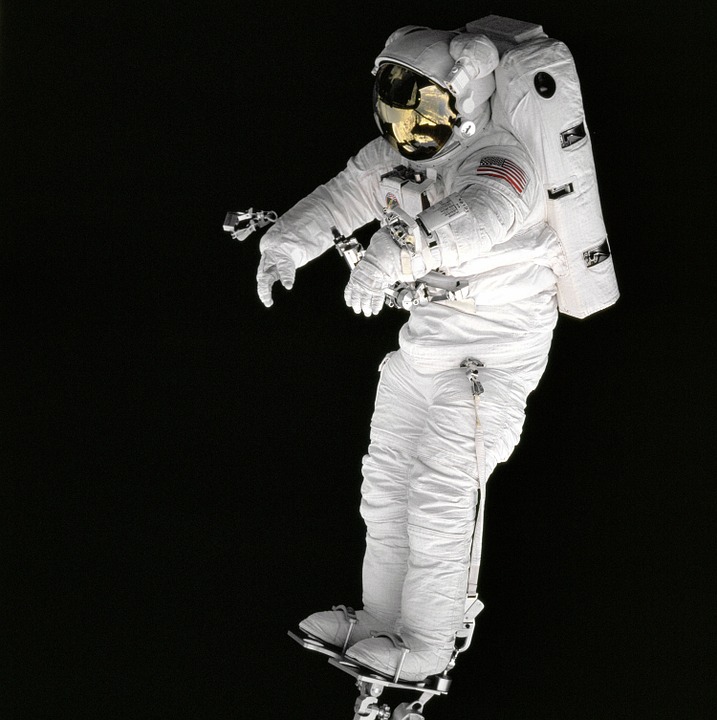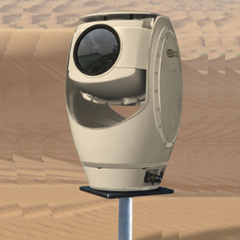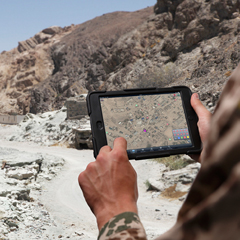Space suit is one of the default equipment needed in a space mission that keeps a human alive in the harsh environment of outer space, vacuum and temperature extremes. General view is that the space suit is to be worn when work done outside spacecraft in the space. But, a space suit is often worn inside spacecraft too as a safety precaution in case of loss of cabin pressure, and is necessary for extra-vehicular activity.
The recent additions to the space suits brought the basic pressure garment with a complex system of equipment and environmental systems that are designed to keep the wearer comfortable. All these features results in minimizing the effort required to bend the limbs, resisting a soft pressure garment’s natural tendency to stiffen against the vacuum. The advanced self-contained oxygen supply and environmental control systems are equipped to allow complete freedom of movement and being independent of the spacecraft.
Requirements of Spacesuit
A space suit features must perform several functions those allow the occupant to work safely and comfortably, inside or outside of a spacecraft. The features are:
- • Stable internal pressure
- • Mobility
- • Supply of breathable oxygen and elimination of carbon dioxide
- • Temperature regulation
- • Communication system
- • Means to collect and carry solid and liquid waste
While the optional requirements are available in advanced suits are better to regulate the astronaut’s temperature with a Liquid Cooling Garment that is in contact with the astronaut’s skin. This leads to dump the heat into space through an external radiator in the portable life support system. The additional requirements for extra-vehicular activity includes the shielding against ultraviolet radiation, limited shielding against particle radiation, means to maneuver, dock, release, and/or tether onto a spacecraft and also the protection against small micrometeoroids, because the traveling take place at up to 27,000 kilometers per hour.
 Astronautical Hygiene
Astronautical Hygiene
In low-gravity environments, the application of science and technology to detect and evaluate the hazards to prevent or control the risks to health is called Astronautical Hygiene. A spacesuit is essential for extra vehicular activity and equally essential for and maintains astronautical hygiene.
For example, the Apollo/Skylab A7L suit included eleven layers in all: an inner liner, a liquid cooling and ventilation garment, a pressure bladder, a restraint layer, another liner, and a thermal micrometeoroid garment consisting of five aluminized insulation layers and an external layer of white Ortho-Fabric. This spacesuit is capable of protecting the astronaut from temperatures ranging from ^’156 °C (^’249 °F) to 121 °C (250 °F).
Till now, the space suit made in 1992 is being used by the crew that really doesnt fit for all conditions. Recently, NASA announced its first new space suit that fits to all kinds of space trips. Earlier, space men used different types of suits based of the destination, like satellite, moon, and mars. The NASA announced space suits exclusivity erases all the complications of choosing a particular space suit for a particular space trip. This incredible space suit is designed to replace the suits used by crews aboard the Space Shuttle and the International Space Station. It also features an easy-entry back port, built-in bearings for greater mobility, and multiple material layers for functionality.
As part of this building a do-it-all spacesuit, NASA with the Z-1 prototype is currently being tested in a vacuum chamber and has been designed for versatility. For exploring the alien surfaces, factors to float outside a space station, and even weather the radiation of deep space, any climatic condition can be adapted or sustained by the space men. The main features of this suit are Port, Mobility and the Material.
Back port is the entry for astronauts to step into the full suit. The port will mate with the spacecraft, enabling an astronaut to enter the suit from inside the craft for extra vehicular activity. So, the advantage is when space suit used between low and no atmosphere, the port protects more air than a conventional air lock.
Easy mobility is an utmost requirement at this purpose. So, the Z-1 has bearings at the waist, hips, upper legs, and ankles to allow an astronaut greater mobility freedom of movement which is essential for retrieving soil and rock samples in any kind of terrain. While the new urethane-coated nylon and polyester layers to maintain pressure and control the suit from billowing.
Material for this fit-to-all space suit has provisional outer covering conceals a heavily engineered inner suit; a layer of urethane-coated nylon retains air, and a polyester layer allows the suit to hold its shape.
Size in terms of occupancy and weight is far advanced when compared to the old space suit, which is very huge as dinosaur.
A space suit is a mixed-gas deep diving rig that suits the needs to do everything that a spaceship does to keep the space men in survival and comfort conditions. Other major improvements are the scrubbers which removes carbon dioxide. So, the new ones regenerate automatically by dumping the carbon dioxide every few minutes, instead of baking between missions to drive off the carbon dioxide like the old suit. NASA has a vision to have a new vacuum-compatible suit by 2015.



0 Comments